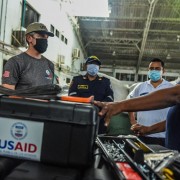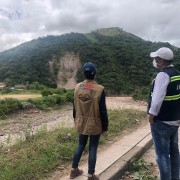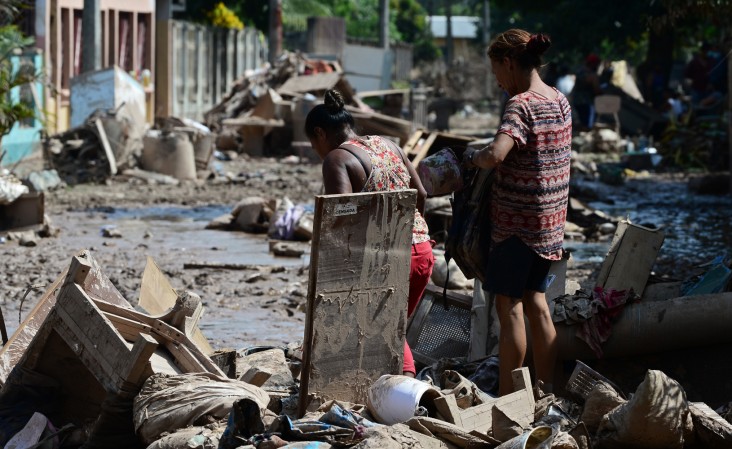Speeches Shim

The United States Ambassador to Colombia, Philip S. Goldberg, today announced that the U.S. will provide US $100,000 to respond to the request for humanitarian assistance made by the Government of Colombia. These funds will support the efforts of the national government to respond to the devastation caused by Hurricane Iota in the San Andres and Providencia archipelago.
Hurricanes Eta and Iota caused widespread damage and destruction in Colombia’s Providencia and San Andrés islands, including to houses and health facilities, as well as electricity, telecommunications, and water supply infrastructure. More than 2,800 people in San Andrés and approximately 6,300 people in Providencia—the entire population of the island—were estimated to have been affected by the storms, the UN reports. Emergency food assistance, health services, hygiene kits, shelter, and potable water were among the most urgent needs identified as of November 19, according to the UN.

On November 16, Hurricane Iota made landfall as a category 5 storm with sustained winds of nearly 155 mph. This comes just two weeks after Hurricane Eta brought heavy rains, severe flooding, and landslides to many of the same areas. An estimated 4.9 million people were affected by Hurricane Eta alone and more than 260,000 people across Latin America have sought the safety of evacuation shelters. Read how USAID is helping communities affected by Hurricanes Eta and Iota:
Yesterday, U.S. Agency for International Development (USAID) Acting Deputy Administrator John Barsa spoke with Honduran President Juan Orlando Hernández to discuss USAID’s response to the back-to-back hurricanes that affected his country. Hurricane Iota caused widespread flooding and landslides in Honduras just two weeks after Hurricane Eta hit the same region. Acting Deputy Administrator Barsa reaffirmed the United States’ commitment to helping Hondurans in the aftermath of these storms, and cited our preliminary contribution of up to $8.5 million in humanitarian assistance. He also informed President Hernández that USAID has stood up a Regional Disaster-Assistance Response Team (DART) and headquartered it in Tegucigalpa. President Hernández expressed his gratitude for USAID’s support and partnership with the Honduran people.
With maximum wind speeds of 140 miles per hour, Hurricane Eta—a Category 4 hurricane on the Saffir-Simpson Wind Scale—made landfall over Nicaragua’s North Caribbean Coast Autonomous Region on November 3 and then continued to track inland over northern Nicaragua, Honduras, and Guatemala while gradually weakening before reaching the Caribbean Sea on November 5. Due to the large size and slow movement of the storm, heavy rainfall impacted the entire Central America region for several days.


Comment
Make a general inquiry or suggest an improvement.